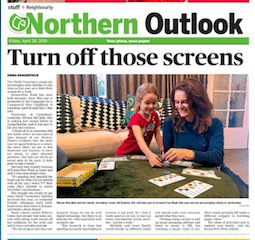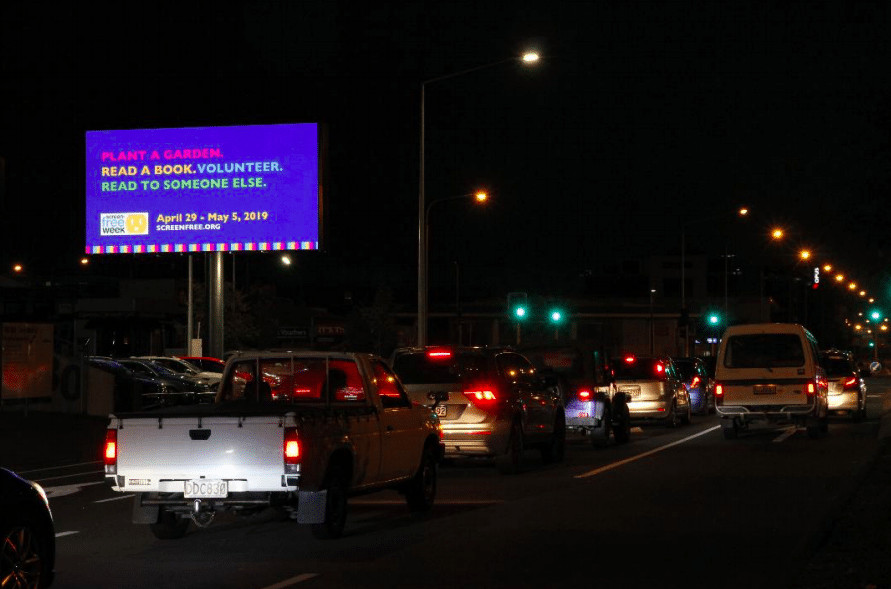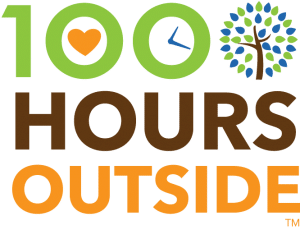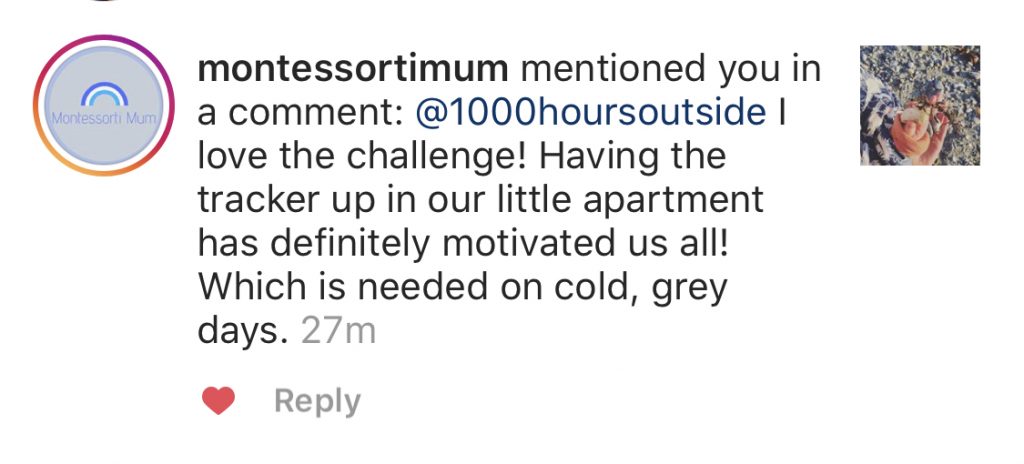Every Saturday for 15 Years: Our Family’s Screen-Free Sabbath
While the life I’ve known until now has ground to a halt, while my middle and high school children are spending their days immersed in online learning and therefore far more screen time than I’d like, while I miss visiting with my aging parents, while I think about the COVID-19 victims and first responders and health care workers and grieving families – sandwiched in all of that worry is a small oasis of calm that my family continues to embrace and celebrate each week, despite everything.
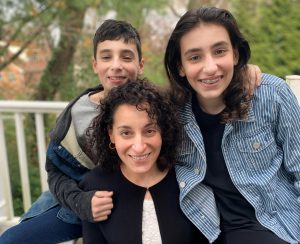 It’s what Tiffany Shlain, author of the book, 24/6: The Power of Unplugging One Day a Week, calls a Technology Shabbat, or a 24-hour sabbatical from screens. In our family, it’s just Shabbat, a day of rest from work, which runs from sundown Friday until nightfall on Saturday.
It’s what Tiffany Shlain, author of the book, 24/6: The Power of Unplugging One Day a Week, calls a Technology Shabbat, or a 24-hour sabbatical from screens. In our family, it’s just Shabbat, a day of rest from work, which runs from sundown Friday until nightfall on Saturday.
Here’s where it has taken us, every week now for over 15 years. We have carved out, for the entire family, a day off from work and screens and external “noise,” giving rise instead to a weekly sabbatical that brings with it a sanctuary of quiet, room to be bored (which my children still need to learn is a good thing), space to think, and for my children, a lot of time for free, unstructured play with each other and with neighborhood friends.
Until social distancing and sheltering-in-place began, our weekly Sabbath observance involved simple routines and rituals. It always begins with a celebratory Friday night dinner, all of us seated together and conversing. Since there is nowhere else to go, no scheduled activities, no homework, it’s our time for us. We usually play card games, or I’ll read aloud an interesting article (with an embedded life lesson, of course – I can’t help myself), or we play board games, even charades. There is no phone in sight, no TV on, no background noise. Just us.
We normally spend Saturday mornings at synagogue services, followed by lunch on our own or with other families, and later on dinner as a family. But the highlight of the day is what typically takes place between lunch and dinner, something so important for my children’s social and emotional development: unstructured play (or now, just hanging out time) with each other or neighborhood friends, without screens.
When the children were younger, I’d watch at a distance while they made and broke rules, got in arguments and resolved them, laughed raucously, moved their growing bodies, and used whatever they could find to make whatever they could imagine (magnetic tiles assembled for a gecko run, jumprope and scooter to pull each other on rides around the block, and so on). Now they play sports or wander further afield, most often together walking our dog around the neighborhood, just hanging out as a small group. There is no phone in sight, nothing captured for sharing with others, just living-in-the-moment fun.
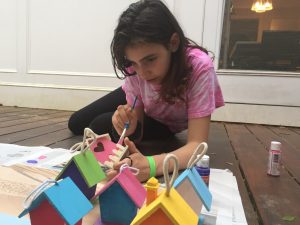
The magical spell breaks as soon as sundown arrives, but we keep the family together as a group just a little longer. Saturday night is still quiet (no one has a driver’s license just yet), so we wrap up our Sabbath with family movie night. Usually it’s the children’s choice, but my husband and I sneak in other movies occasionally, either classic films, historical fiction, or documentaries. We sit together on the sofa and watch, although we are a chatty bunch; but that’s OK, as memories of the conversations linger longer than the movies themselves.
These last few Sabbaths have been a little different, of course, in the absence of services and play time with neighborhood friends. Still, the habit of spending screen-free time together means a few extra adjustments, but not much. I find there is now more time for us to read on our own and read to each other, and more time to spend outside taking walks around the neighborhood. An unintended gift of our screen-free Sabbaths is that I get a much-needed mental break from this international crisis, to recharge and be stronger for my children.

When asked about our screen-free Sabbaths, I tell people that I can’t imagine living without a weekly sabbatical from screens. For a full day my attention is not divided between my phone and my children, and they know it. They know that on our Sabbath, my presence means I’m present and that they are my priority. I benefit too, with the sense of peace that comes with screen quiet, the extra time to devote to myself or time shared with my husband while the children are out with their friends, the unhurried pace of a day without a rigid schedule. It’s a reminder to me that our screens are tools, but that I’m master over those tools because I have the power to put them down and turn them off for an extended period of time.
Do my children miss screen time? In the end, deep down, I don’t think so. The relentless pace of screen time, the fear of missing out, social media anxiety – who can’t use a break periodically?
Our job as parents is to help our children grow roots and wings. My children are sprouting those wings already, as they spend increasingly more time with, and show more and more interest in, their friends. But what about the roots? I think that that is what our Screen-free Saturday is all about, time that allows me to share our family values as I tend the roots with love.
About the Author
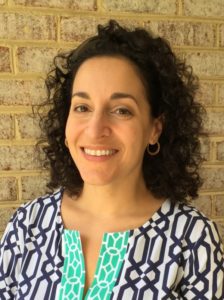
Rinny is Outreach Coordinator for the Children’s Screen Time Action Network and an advisor for Screen-Free Week. Rinny has worked as a litigator and federal law clerk, currently volunteers for a county consumer protection agency, and previously served as a board member and marketing committee chair at a parenting nonprofit. Rinny earned a JD and a BA in Communications from the University of Pennsylvania. She and her family have celebrated Screen-Free Week for nearly 10 years!
Join us for Screen-Free Saturdays!
Join CCFC staff, including Rinny, and our vibrant community of thousands of families, individuals, and professionals across the globe in taking the break we all need. The first Screen-Free Saturday is April 18th, 2020!
Learn more and take the pledge to go screen-free on Saturdays!


